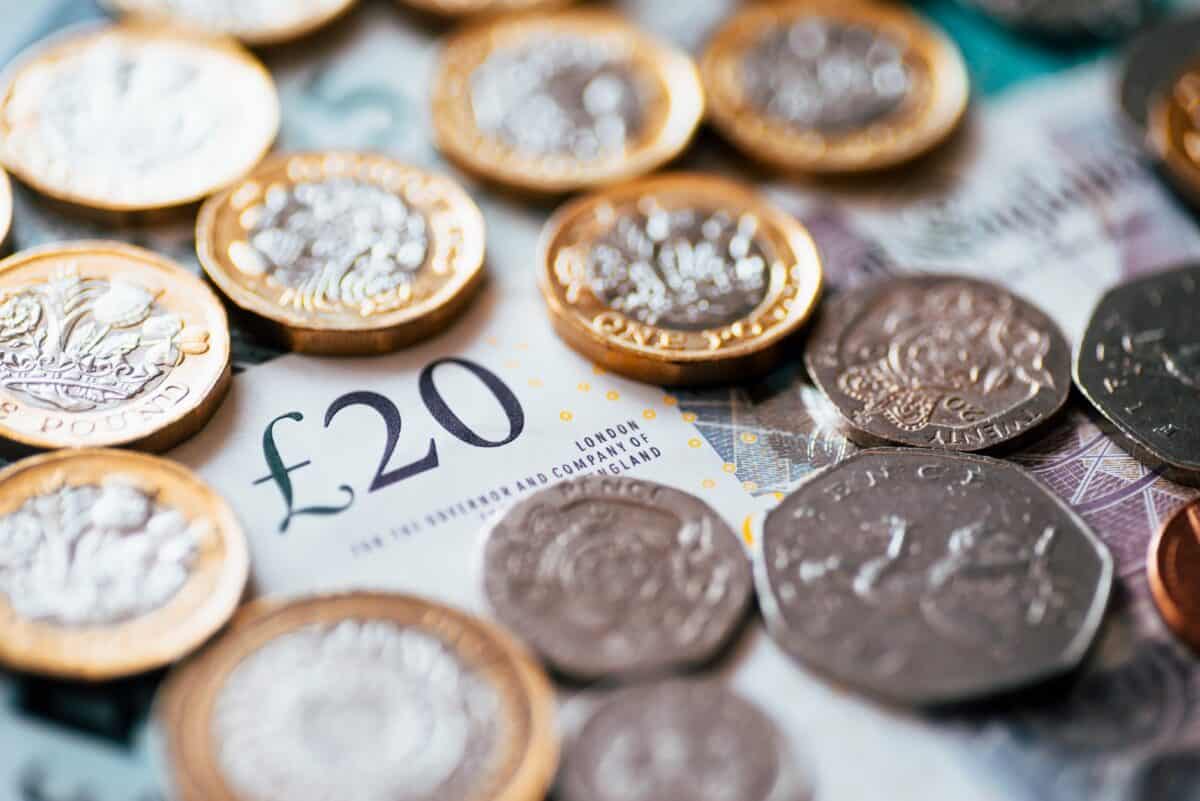When the National Grid (LSE: NG) share price crashed on 23 May, I was caught in two minds. My first thought was that this was a brilliant opportunity.
I’d previously called the shares a no-brainer buy, and here was my chance to bag them at a big discount. Yet I had one longstanding reservation. I was worried about the whopping amount of debt the company is carrying.
Should you invest £1,000 in National Grid right now?
When investing expert Mark Rogers has a stock tip, it can pay to listen. After all, the flagship Motley Fool Share Advisor newsletter he has run for nearly a decade has provided thousands of paying members with top stock recommendations from the UK and US markets. And right now, Mark thinks there are 6 standout stocks that investors should consider buying. Want to see if National Grid made the list?
Net debt topped £40bn at the time and was only going to rise as the transmissions giant poured billions more into green infrastructure. I was wondering where it would get the money from.
We found out on 23 May, when the board announced a rights issue to raise almost £7bn, scaring the life out of investors. National Grid dropped 10% in a day, which is not the type of thing I’d expect from this FTSE 100 defensive stock.
Was it a bargain buy?
To soften the blow, existing shareholders were given the right to buy seven more shares for every 24 they already owned. They could buy at 645p each, way down from the pre-drop share price of around 1,128p.
The downside was that this would increase the total share count by almost 30%, spreading future earnings and dividends more thinly.
It also made buying National Grid shares less attractive for somebody like me, who didn’t hold them and wouldn’t get that discounted 645p price.
When I wrote about the stock on 27 May, the shares were down nearly 15% in total. And it still had that huge debt pile, which analysts reckoned would top £48bn in 2025, then pass £53bn in 2026. That was way above its then market cap of £42bn.
However, I noted that it had the power to shrink that debt by selling its UK LNG business, Grain LNG, and US onshore business National Grid Renewables.
Rising again
My conclusion? “If I owned any of the shares, I’d hold my nose and buy more at 645p. As I don’t, I’ll sit this out. I don’t fancy paying closer to 900p now.”
The shares bottomed out at 838p per share on 29 May, but I still didn’t buy them. So what if I had?
As I write (6 September), National Grid stock trades at 1,018p. So it’s up 21.5% since then. If I’d invested £10,000, I’d have picked up 1,193 shares and they’d be worth £12,150 today.
In fact, I’d have more than that. The shares went ex-dividend on 6 June. I’d have received a final dividend of 39.12p per share on 19 July. This would have given me a further £467, lifting my total stake to £12,617. So I’d have had a total return of 26.7%. Clearly, I should have set my objections aside, and bought National Grid shares when I had the chance.
Should I buy them today? They look good value at trading at 12.15 times earnings and yield a bumper 5.59%. I’m tempted, but I’ve only got a bit of cash at my disposal and there are other companies I’m going to buy first. I missed my big moment in May. There’s a lesson here. Let’s hope I can apply it to my next stock purchase.








